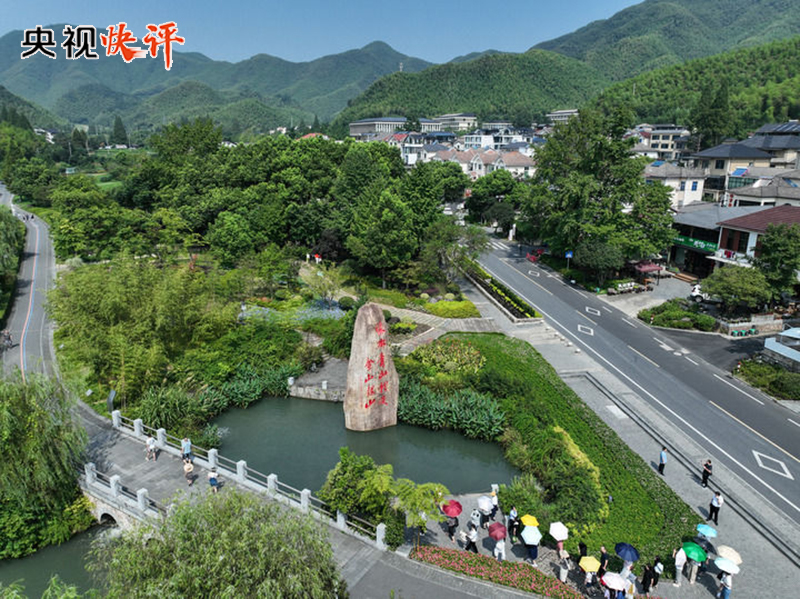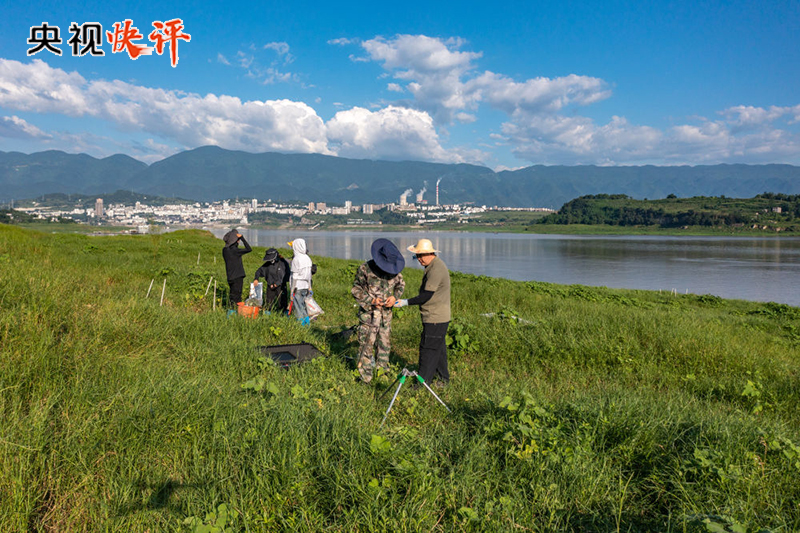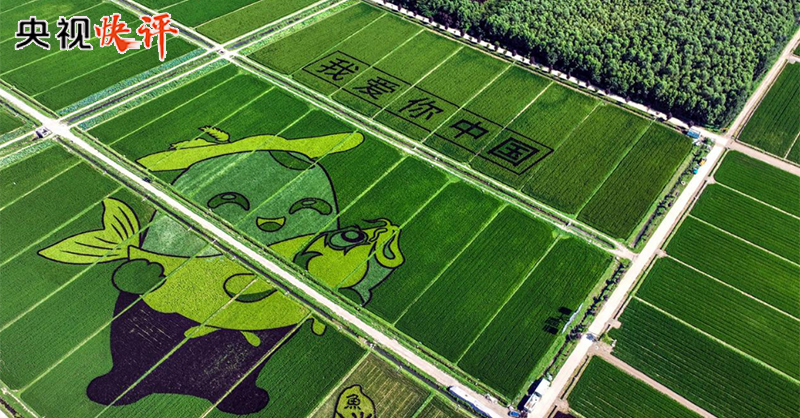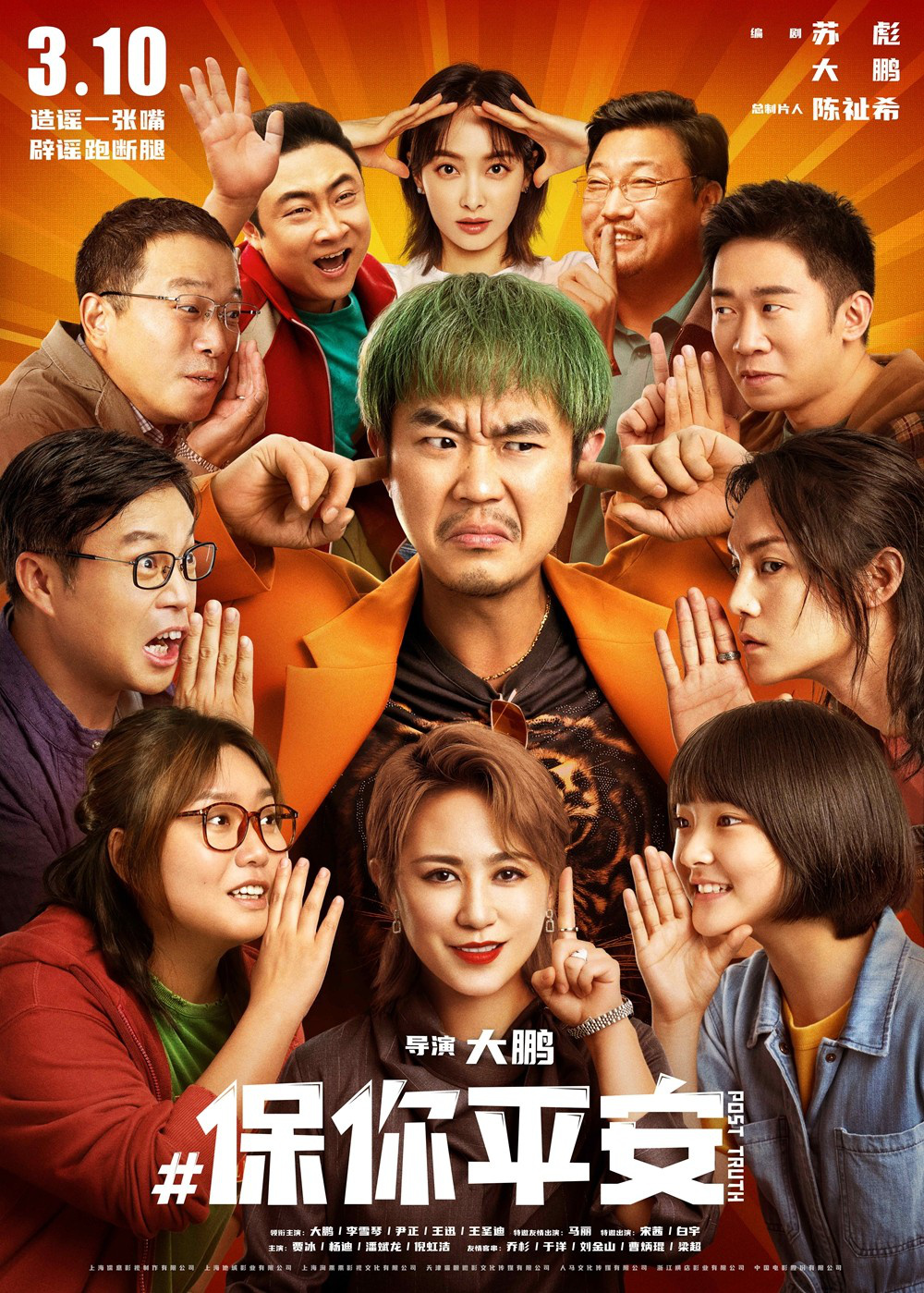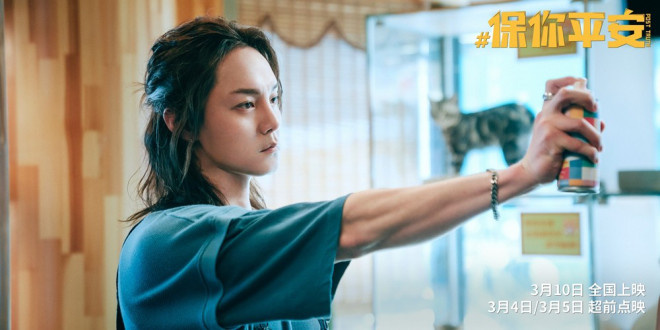
Tianba, Guizhou "the Heart of Tea Sea in Western China"
Cctv news(Reporter Yu Xiaodan, Sai Xinyan): The 10,000-acre tea garden is undulating and fragrant, and from time to time, you can see men, women and children and tourists who are picking tea in the sun. This is the "Heart of Tea Sea" in Tianba, Guizhou, and the largest organic tea base in southwest China.
Before its fame, the organic tea here also experienced a difficult moment of "the fragrance of wine is also afraid of the depth of the alley". In this regard, Yang Xiugui, the first female tea maker in Tianba Village and the general manager of Fenggang Xiugu Tea Co., Ltd., has a deep understanding.
In order to expand sales, she once went to the maliandao market in Beijing to invite everyone to drink tea for free. There have also been several sudden drops of hail, which have shattered the lush tea garden.
"Agriculture depends on the weather to eat," Yang Xiugui said. However, this emaciated disabled woman of the Gelao nationality has an indomitable spirit. Taking advantage of the spring breeze of the local tea industry, she has made great strides all the way, from a working girl to a leader with a net worth of 22 million.
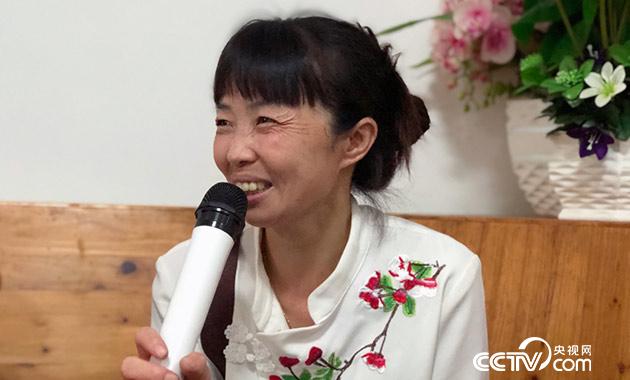
"National Star of Female Entrepreneurship" Yang Xiugui
In June 1971, Yang Xiugui was born in a farmhouse in Yuquan Village, Yong ‘an Town. When Yang Xiugui was three years old, an accident caused serious burns to her left leg and left hand. At that time, her family was poor, and there was really no more money for rehabilitation. Since then, Yang Xiugui’s left hand can’t flex freely, leaving a big scar on her body.
After graduating from junior high school, Yang Xiugui didn’t want to continue studying because of some inferiority complex, and chose to go home to farm. Since then, the land where she was born has become Yang Xiugui’s most secure and comfortable corner. Yang Xiugui is a companion of mountains and forests, a friend of the land, and returns from morning till evening, year after year. At the age of 20, Yang Xiugui married Zhang Chengyou, who was one year older than her, honest and kind, and suffered from mild mental retardation.
Yang Xiugui’s hometown Tianba Community, Yong ‘an Town, Fenggang County, is the producing area of high-quality tea. In the late 1960s, some educated youths went to Tianba to carry out activities of "going to the countryside" and planted some tea trees in Jiubao Thirteen Bay. After the educated youth left, these tea trees were handed over to the professional team of the people’s commune for management. By the beginning of 1990, there were 4040 mu of tea gardens in Tianba.
Yang Xiugui also wants to grow tea, but without money and technology, this idea has been put on hold. In 1997, Yang Xiugui entrusted a pair of children to her parents and took her husband to work in Zhejiang. There, I picked up garbage, worked as a nanny, and worked as a packaging factory worker … … Ten years have passed in a flash.
In 2006, the General Administration of Quality Supervision, Inspection and Quarantine approved the protection of geographical indication products for Fenggang zinc-rich and selenium-rich tea, so Fenggang County won the reputation of "the hometown of zinc-rich and selenium-rich organic tea in China". Seeing that more and more people in their hometown have planted "rich trees", Yang Xiugui finally couldn’t hold back his impulse. At the end of 2007, Yang Xiugui ended his working life and everything moved closer to starting a tea business.
In fact, Yang Xiugui was smart enough when she was at school. She decided that the first step was to learn tea-making skills by herself, without hiring a tea master. Fixing enzyme, rolling, setting, removing hair, and improving fragrance … … Every step, Yang Xiugui learned seriously and quickly. After a few months, he lost nearly 10 pounds. She mastered a variety of tea-making skills and became the first female tea maker in Tianba.
After returning from her studies, several tea factories offered her a job as a tea maker with a monthly salary of 3,500 yuan, but she refused because she wanted to set up a factory.

I’ll try anyway. She used her savings for many years to build a small bungalow as a factory building, and borrowed tens of thousands of yuan from relatives and friends to buy several tea-making machines and set up a simple tea processing workshop. The processing factory initially cooperated with two tea enterprises with complete qualifications to do tea processing. She taught her son and husband by hand, so that the whole family mastered the skill of making tea.
"In 2010, I took my tea to maliandao to promote it. Tea merchants don’t buy it, they are interested in profits, and where the tea is profitable, they will purchase it. " Yang Xiugui said that the experience of this sales promotion told me that we must make tea into a brand and make a name.
Since then, Yang Xiugui has successfully declared the tea trademarks "Xiugu" and "Cuiyi Lonely". In 2011, Yang Xiugui earned the first bucket of gold in his life, processed more than 30,000 kilograms of dry tea, and earned more than 200,000 yuan, becoming the first micro-tea enterprise for the disabled in Fenggang County. In 2012, the state issued a series of policies to support micro-enterprises. Yang Xiugui seized the opportunity and founded Chengyou Tea Processing Factory in Fenggang County. In that year, more than 80,000 kilograms of dry tea were processed, and the products were quickly sold out. In order to broaden the marketing channels, she bought her own computer, taught herself computer programs and set up an online sales platform. In 2013, her processing plant realized an annual output value of nearly two million yuan.
Once, because she insisted on going out to work, Yang Xiugui was cried by her sister. Nowadays, the working girl has become a well-known rich leader in the local area.
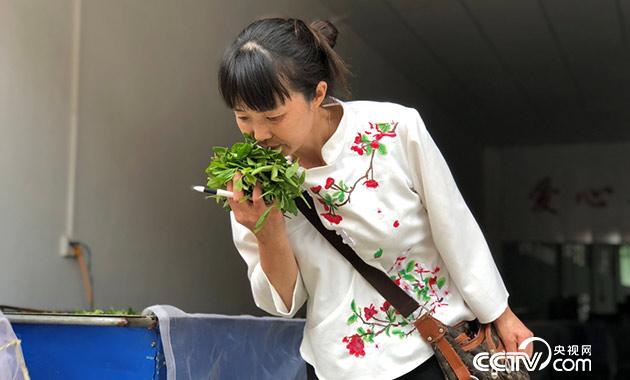
In 2014, with the help of women’s federations at all levels in Guizhou, Yang Xiugui expanded the loan scale and changed Chengyou Tea Processing Factory in Fenggang County into Xiugu Tea Co., Ltd. in Fenggang County and became the general manager.
In 2015, Yang Xiugui was named the national star of female entrepreneurship. On the plane to Beijing, everyone around us was talking and laughing, but Yang Xiugui cried. Along the way, she overcame many difficulties and got a lot of care, and all the feelings came to her mind at this moment.
She is no longer the little girl who dropped out of school because of some inferiority complex. The disabled body did not stop Yang Xiugui, but made her understand the difficulties of people with disabilities. Although it is only a 20-minute drive from her family, Yang Xiugui only went back twice last year. "I often let my son buy something and send it there. The company can’t live without people, so many people have to eat and live. "
"Every time you reduce the use of a fully automatic packaging machine, you can increase the employment of five disabled people." "Stage — — It is the best welfare for friends with disabilities. " In Yang Xiugui’s love workshop, the slogan on the wall is particularly eye-catching.

Today, Yang Xiugui’s company has four standardized tea processing plants, and 18 of the 40 workers are disabled. The company has also set up a professional cooperative, adopting the model of "company+cooperative+farmer", developing more than 3,600 mu of ecological tea gardens, radiating and driving more than 1,200 tea farmers, and helping more than 100 poor households and more than 550 disabled families to increase their employment and income. Influenced by her, three farmers started to set up processing factories, which led to the employment of 28 disabled people in the surrounding areas. Yang Xiugui also won the honorary title of national advanced individual for helping the disabled.
In recent years, Yang Xiugui has also donated more than 20 disabled children, out-of-school children and widowed elderly people to Zunyi Taoxi Temple Welfare Institute and Yong ‘an Town Welfare Institute. With the support of local women’s federations, Yang Xiugui is also holding business skills training to promote local women’s entrepreneurship and employment.
"Working for ten years and starting a business for ten years can be said to be miserable, experienced vicissitudes and particularly happy." Yang Xiugui told reporters that because the future is infinite.









